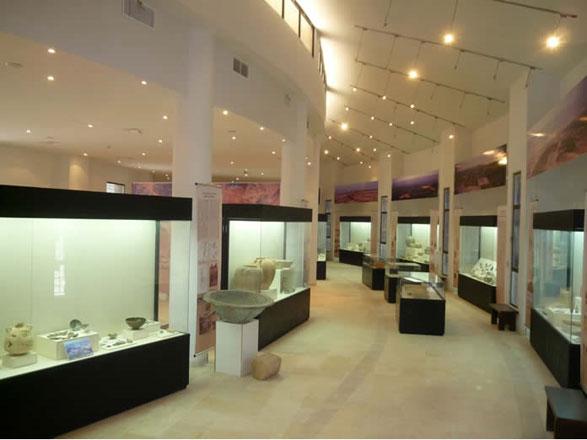You are here
Oxford researcher explores social changes in early Islamic era
By Saeb Rawashdeh - May 20,2019 - Last updated at May 20,2019

In this undated photo, the Painting of the Six Kings can be seen. It is thought to originate from 710-750 AD in Qasr Amra, 85km east of Amman (Photo courtesy of Edward Zychowicz-Coghill)
AMMAN — During the Umayyad period, a freed slave would become a “mawla” (client) of their former master, and non-Arab converts would become the client of the person who witnessed their conversion, said a British historian.
“Effectively, to join Islamic society you needed a patron from that society to vouch for you. The client would carry the tribal name, or ‘nisba’, of their patron, and would pass this on to their children, so clients became incorporated into the tribal structures which organised Muslim society in its earliest period,” said Edward Zychowicz-Coghill, who received his PhD from the University of Oxford.
When researching early Arabic historical writing, Zychowicz-Coghill discovered that some of the most important early historians of Egypt were clients of the Umayyad family, the ruling dynasty of caliphs. “This shows that freed slaves and non-Arab converts could rise to influential positions in early Islamic society,” he elaborated, adding that it also raises the question that the earliest Arabic historians’ perspectives about the past might have been influenced by the powerful patrons on whom they relied for their place in society.
One of his academic interests is the earliest Islamic historical writing “that survived in books that were written from the 9th century AD onwards, whose works are full of quotations from earlier historians who collected notes about historical events and used these notes to lecture about historical topics”.
Zychowicz-Coghill noted that early Muslims were very interested in the history of the Prophet Mohammad’s life, the early caliphate and its conquests, the conflicts within the Islamic community (fitan), and about the history of prophecy before Prophet Mohammad, the stories of the Bani Israil (the Israelis). He added that they were also concerned with genealogy, trying to understand how different tribes related to each other through common ancestors and how they all related back to a few original common ancestors.
“Many Western historians have argued that early Arabic historical writing is not very accurate, that it was altered or corrupted by historians who wanted to use the past to support different political, religious or sectarian agendas. In my research, I point out that this is the case for all historical writing, and try to understand how and why early Muslims wrote about the past,” he underlined.
Zychowicz-Coghill is currently a post-doctoral researcher affiliated with the University of Cambridge, where he works on a project called “The Impact of the Ancient City”, funded by the European Research Council. He was in Jordan to give a lecture on the pre-modern Arabic ideas about the ancient cities of the Levant, held at the CBRL British Institute in Amman on May 8.
“The aim of our project is not to focus on the ancient Greco-Roman city in the Greek and Roman periods, but rather the afterlife of Greco-Roman cities in the medieval and modern periods,” the historian said in a recent interview to The Jordan Times.
“We want to understand how people who lived in cities which had once been part of the Roman Empire used and reused that ancient urban heritage. We are interested in both ideological and practical reuses of the ancient Greco-Roman city, from the reuse of ancient building materials to construct new buildings, to the reuse of ancient ideas about citizenship to articulate new ways of urban belonging and interrelation,” he highlighted.
Zychowicz-Coghill stressed that the researchers involved in the project want to understand how people related to the ancient urban heritage across the whole post-Roman world, from Britain in the northwest to Jordan in the southeast.
Related Articles
CAIRO — A Russian archaeological team has discovered a well-preserved mummy from the Greco-Roman period in a wooden coffin south of Cairo, E
AMMAN — The Museum at the Lowest Place on Earth, with a collection of artefacts from the Neolithic period, the Bronze Age, the Greco-Roman p
AMMAN — The village of Umm Al Surab is considered a good case study for ancient architecture, said an Italian scholar on Tuesday during a le















